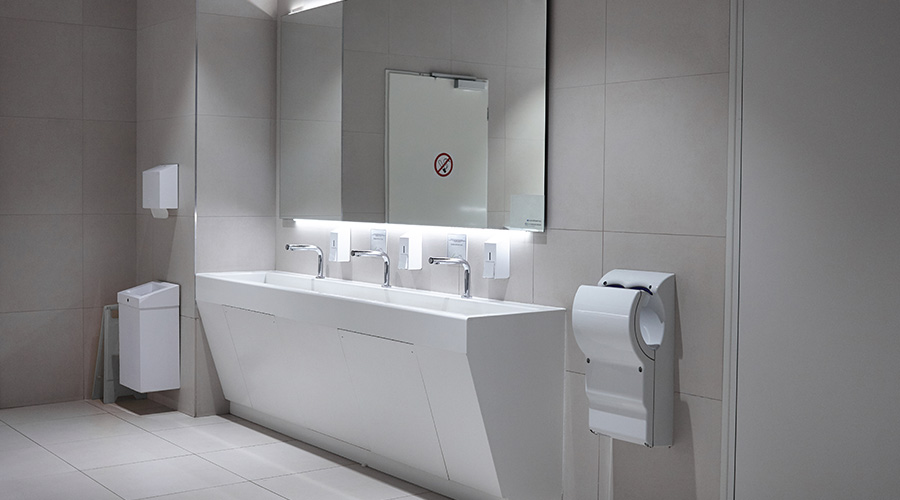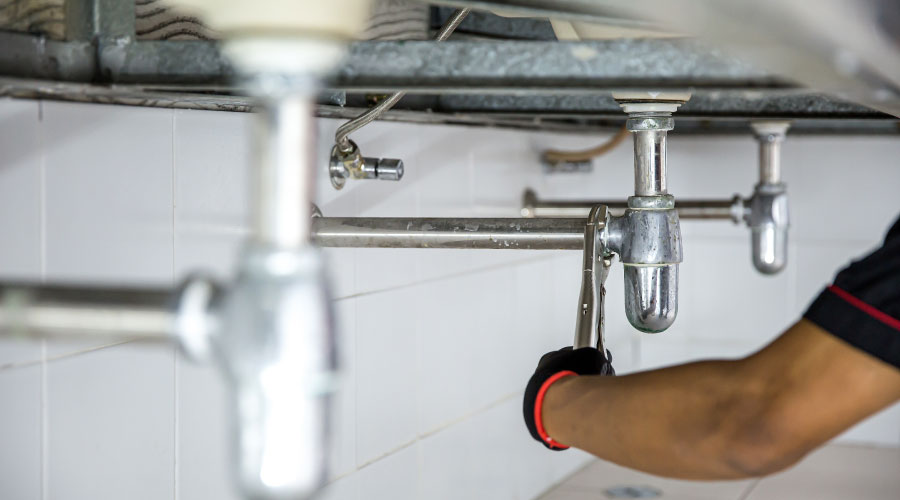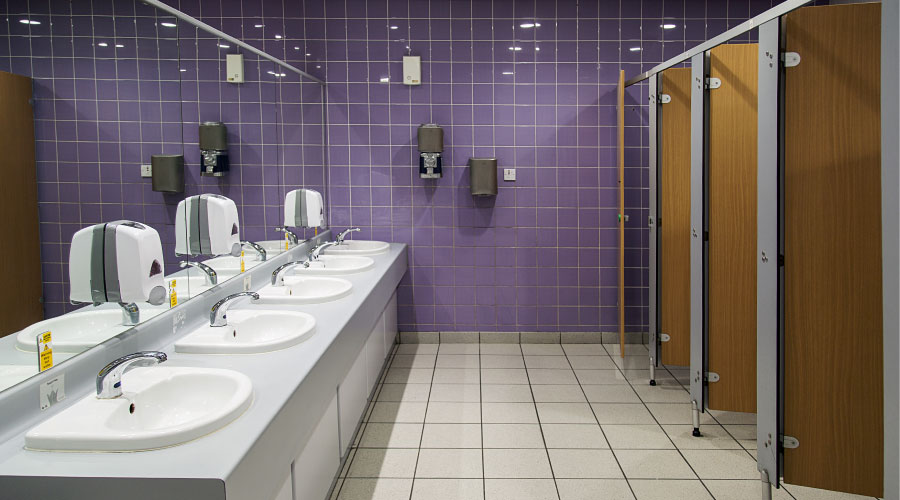Using Technology to Eliminate Cross Contamination
Housekeeping crews are employing a broad and expanding array of touchless technology innovations to limit cross-contamination. Examples include sensor-activated flush valves, paper and soap dispensers, and sink faucets.
Touchless flush valves are available for toilets and urinals and can be retrofitted to existing manual flushers. Sensors on these units are adjustable to prevent random flushing due to motion outside the set range.
Touchless roll-paper dispensers do not require contact to advance the roll. Available features include: adjustable sheet length; reduced second sheet; translucent covers to allows housekeepers to see when the supply is low; and a low-battery warning.
Touchless soap dispensers operate when users put their hands near the sensor. They can be deck- or wall-mounted, dispense foam or liquid, and come in a variety of finishes. They also have low-soap and low-battery LED lights, as well as one-shot, easy-to-load refills to reduce maintenance labor.
Touchless sink faucets operate using batteries or AC power. A battery usually lasts about three years. When energized, the infrared sensor creates a profile of the surroundings and adjusts the sensor by calibrating it to eliminate false triggers.
The open and close action is gear driven or solenoid actuated. These faucets are available in standard or gooseneck designs, have automatic temperature mixing, and can be fitted with a 0.5 gallons per minute (gpm) aerators. Mounting is either one-hole or plate-mounted for retrofitting on three-hole sinks.
Related Topics:













